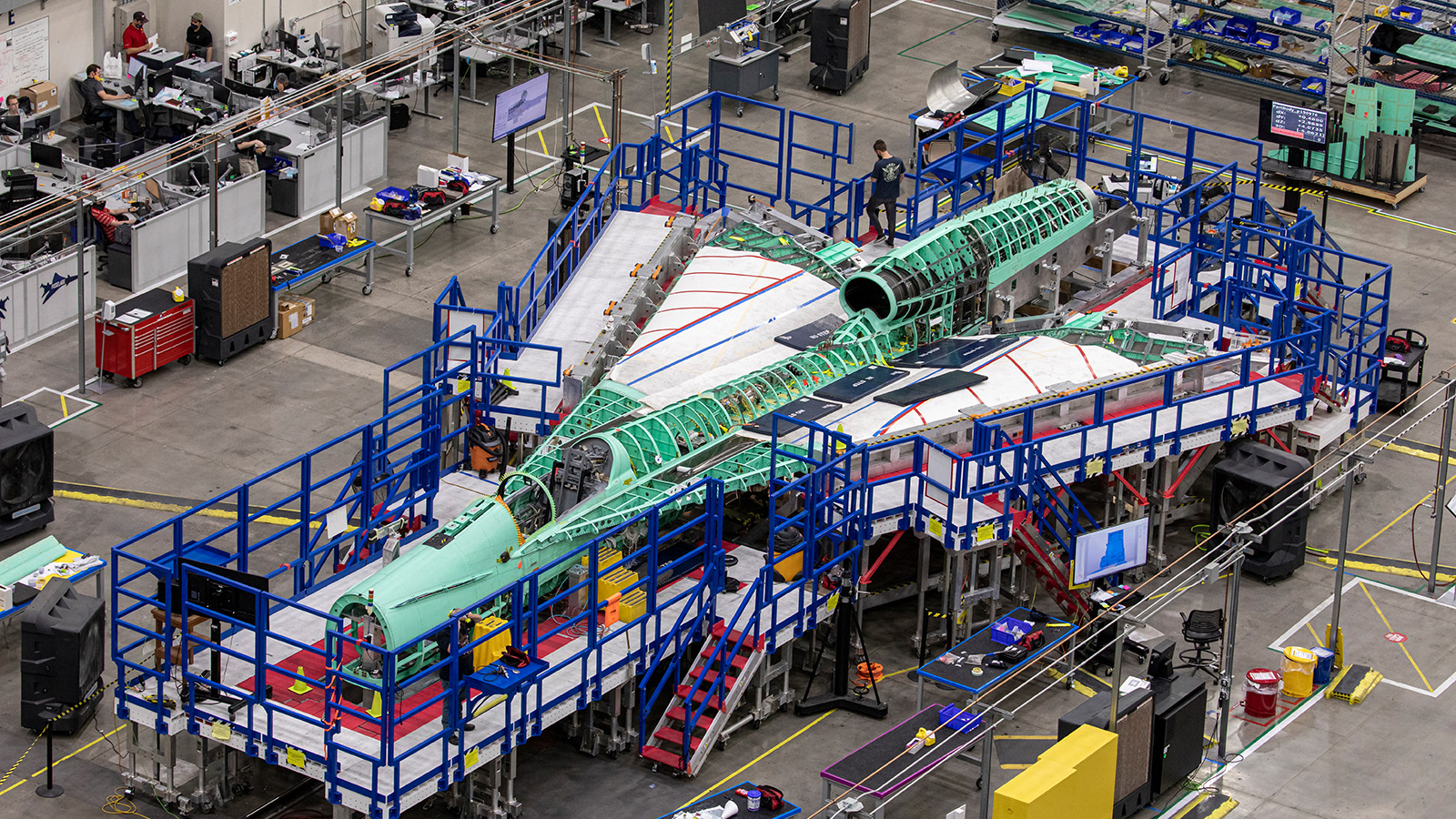Stay Up to Date
Submit your email address to receive the latest industry and Aerospace America news.
The Supersonics Integration and Outreach Committee promotes a community of practice engaged in the technical, business, environmental and societal issues associated with supersonic transports and the research needs of this emergent capability.
Several low-boom technologies were brought closer to readiness this year. Building on its Cart3D computational fluid dynamics solver, researchers at NASA’s Ames Research Center in California demonstrated from January to April a fully integrated method for adjoint-based sonic boom minimization via trimmed control surface deflections that included geometry modeling, near-field aerodynamics, far-field propagation and ground-level loudness metrics.
From November 2020 to May, researchers at the Japan Aerospace Exploration Agency developed and validated a computationally efficient space marching method with molecular vibrational relaxation using a fast full-field simulation of sonic boom through a stratified atmosphere. These technology maturation advancements provide important tools enabling new and improved low-boom aircraft designs.
Researchers performed the Exosonic low-speed tests at the Kirsten Wind Tunnel at the University of Washington in May. These tests followed the November 2020 Aerion high-speed tests and the December 2020 EU project RUMBLE sonic boom tests in the ONERA-S2MA wind tunnel in France. These tests provided important technical information for use in model validation and design.
NASA continued construction of its X-59 Quiet SuperSonic Technology aircraft. In May, Lockheed Martin joined the X-59’s wing, tail assembly and fuselage. The X-59 is designed to fly faster than Mach 1 while reducing the sonic boom to a quiet thump — a feat that may lead to commercial supersonic flight over land, reducing flight times dramatically. Acoustic validation flights for the X-59 will require chase aircraft flying at precise positions in the air relative to the X-59, capturing shock wave measurements. In April, NASA tested the Airborne Location Integrating Geospatial Navigation System visual navigation system to enhance precise aerial position between two aircraft in supersonic flight.
Regarding regulatory and certification aspects of supersonic flight, an International Civil Aviation Organization working group used simulated sonic boom measurement datasets that included turbulence to contribute to the development of supersonic standards for en-route sonic booms that are over land. These analyses demonstrated the viability of a potential certification scheme. In June, published findings suggested that a modest number of microphones spaced approximately 30 meters apart may be adequate for use in future certification protocols.
The environmental impacts of supersonic transport have also been the focus of several research efforts. Aerodynamic and acoustic modeling and testing of landing and takeoff noise and emissions have demonstrated and validated methodologies to evaluate and reduce the environmental impact of potential future supersonic transport. NASA sponsored computational modeling and 15% scale wind tunnel testing for a generic low-boom concept vehicle. Final processing, analysis and reporting of the measured aerodynamic and simulated aeroacoustic data used for validation of the predicted landing and takeoff flight regime results occurred from November 2020 to April. In Europe, the H2020 project SENECA was launched in January to address engine-related environmental aspects of supersonic transport aircraft, including emissions, contrails and landing and takeoff noise.
Regarding industry-led projects, despite Aerion’s abrupt shutdown in April, several other companies continued development of their aircraft concepts. Boom Supersonic began ground testing of its piloted XB-1 scaled flight test demonstrator aircraft (22 meters long) after rolling it out in October 2020. Exosonic is working toward a quiet supersonic airliner capable of overland supersonic flight with a low sonic boom. In May, the company completed low-speed testing of a 3.5% scale supersonic technology as part of its U.S. Air Force contract and used the aerodynamics data to help anchor its engineering tools.
Contributors: Matthew Kamlet, David Lazzara and John Morgenstern
Stay Up to Date
Submit your email address to receive the latest industry and Aerospace America news.




